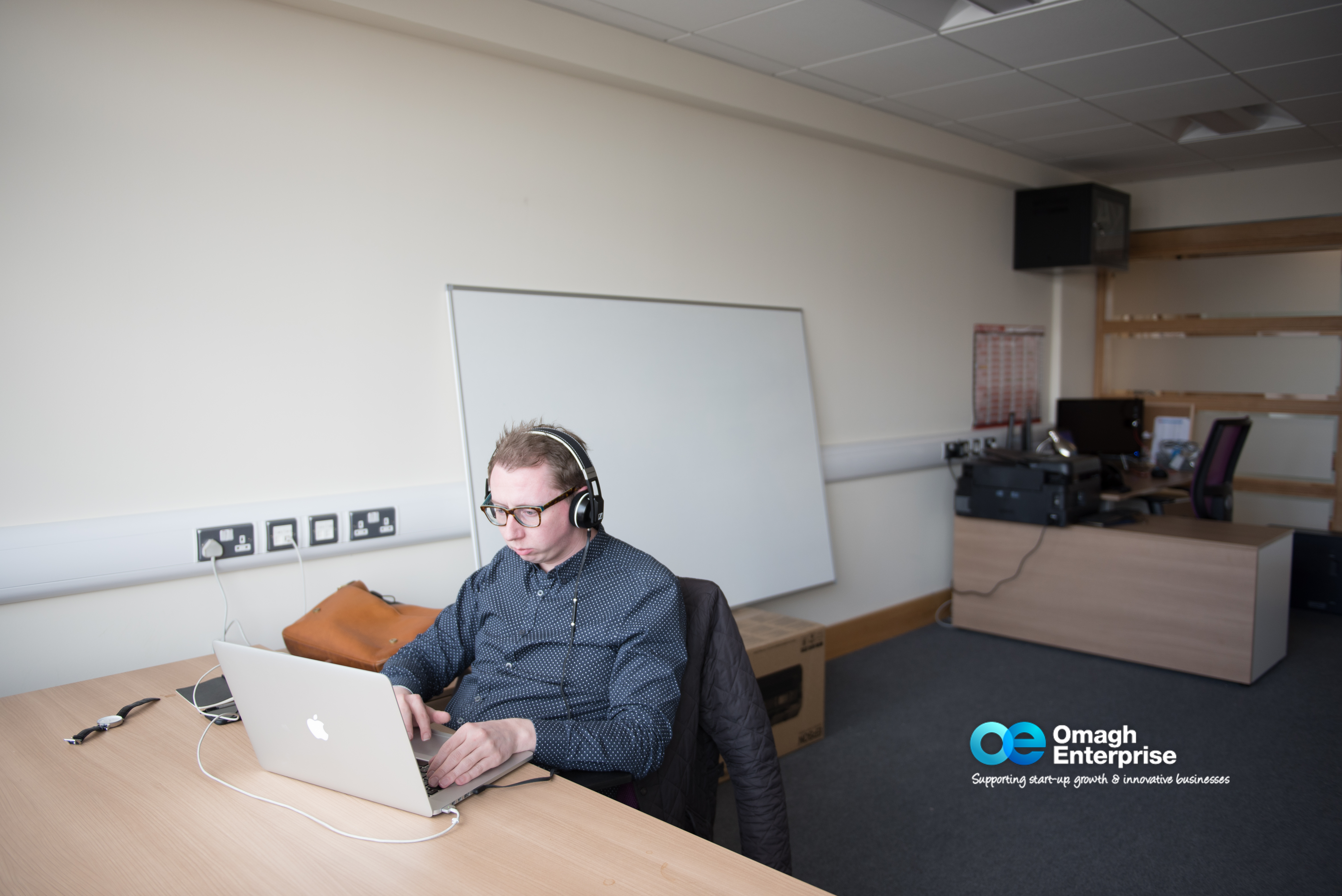3 Top Trends for 2018 Office Design (And How To Get Them Working For You)
Modern offices are expected to be so much more than a room with desks and computers. Not only do they need to reflect the values and needs of a business, but enhance the performance of staff and foster an environment of wellbeing. All of these things can change over time, which is why office design trends are constantly evolving and adapting to help your team become more focused, productive and happier. Here are the three trends tipped to top office design in 2018.
Trend 1: Flexible, human-centred workspaces.
The Baby Boomer generation might have preferred privacy in the workplace, but the new waves of millennial employees are all about collaboration and working together. Combine this with their enjoyment of unusual designs that challenge the status quo, and we’re left with highly unconventional spaces that allow teams to work as flexibly as each task requires.
Next year, expect office design to continue to literally break down barriers, providing mixed-use areas that are a meld of conference rooms, living rooms and meditation spaces. To balance out these open, “work casual” spaces, there should be plenty of activity-based work areas, allowing workers to find a more secluded spot to accomplish focused tasks.
How to bring flexible spaces into your office
Does your team really need rows and rows of desks to be productive? If you have a barely-used boardroom or a deserted break room, maybe it’s time to offer it up as a more versatile work area. Keep any café-style tables and chairs, but add some sofas or bean bags to add some flexibility.
Seating and mixed-use spaces should mimic all the comfort of home. The idea behind is not only to attract fresh young talent (who expect a human-centric approach to achieving results), but to encourage existing teams to stay an extra five minutes to get a job complete before leaving the office.
Trend 2: Biophilic Design
Incorporating natural elements into design is nothing new, but 2017 saw a huge push towards the deliberate inclusion of plants and water into workplace arrangements, and biophilic design choices are set to increase over 2018.
More than just adding a few pot plants on windowsills, biophilic designs are centred around bringing nature and natural forms into man-made constructions. This includes raw textures like stone and wood, as well as maximising natural sunlight and turning plant displays into focal points. The benefits of nature-centric design include less anxiety in the workplace, boost morale and reduce sickness, and biophilic designs have been especially prevalent in modern offices built in metropolitan environments, where nature feels particularly far away.
How to incorporate biophilic design into your office
Not every company is in a position to redesign their office with lawns instead of carpet, or a tree growing through the centre – but don’t let that stop you from bringing the outdoors indoors.
Vertical gardens are hugely popular in urban offices, and are a great way to bring in plants without eating up floor space. You can also replace conventional partitions with a green, plant-covered alternative, or include low-maintenance succulent terrariums into a decorative update.
Light plays a huge part in a biophilic office, to keep both your staff and plants feeling their best. You should maximise windows, although it’s not always practical to do away with blinds or curtains entirely – speak to a blinds supplier with specialist experience in office environments to ensure that your employees aren’t left sweating or squinting in the sun.
Trend 3: Co-working
Co-working is about employees at different organisations working together in a single, flexible space. It’s particularly beneficial to self-employed people who want to avoid the distractions of home, but can also help companies who can’t predict their rate of growth well enough to sign a long-term lease on a commercial unit.
Co-working spaces are designed to be completely adaptable, with a variety of desks, seating and equipment arrangements to suit different needs at different times of the day. If a salesman needs to take a break to make some calls, he doesn’t have to use a desk. Large tables can accommodate one large team employed on the same project, or several individuals, working alone. The cost of the space is divided up between those actually using it, meaning that companies never have to pay for a larger footprint than they need, while still being able to accommodate new members of the team when they join.

Making it happen in your current office
This one is a little trickier to accomplish instantly, particularly if you already lease a space. However, the mentality of co-working can always be brought into your workspace to make the most of the room you have, and promote collaboration between your teams.
Before rearranging your office to make room for another couple of desks, see if your current set up or workforce is more flexible than you think. Does everyone need their own desk, or could you employ hot-desking? Could your largest project be worked on around the same table? Are there teams that could share a space?
The focus of 2018 is going to be measurably improving the impact office environments have on staff, so great ready to invest in a happier, healthier and more productive workspace.
Source: business-achievers.com




